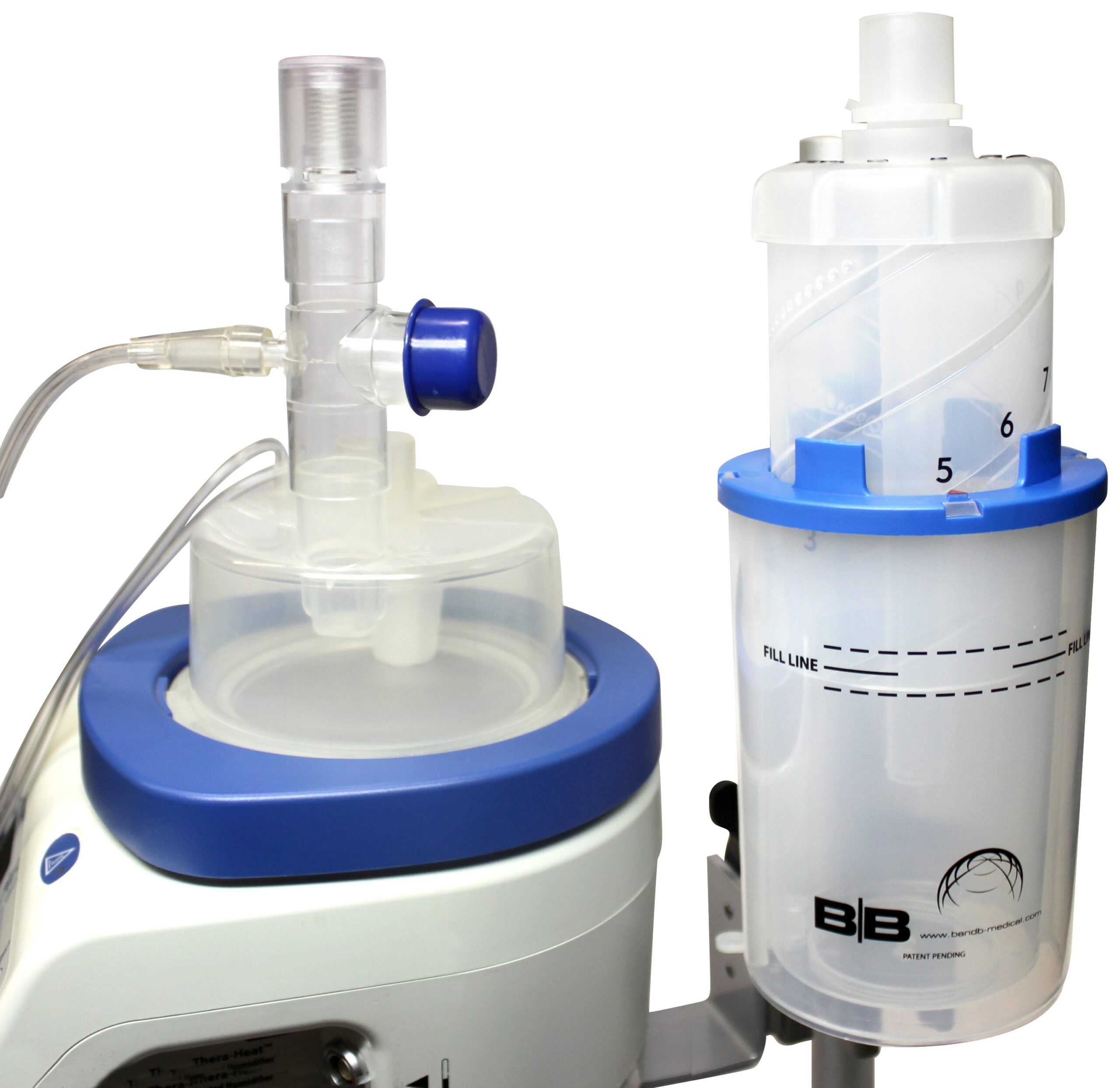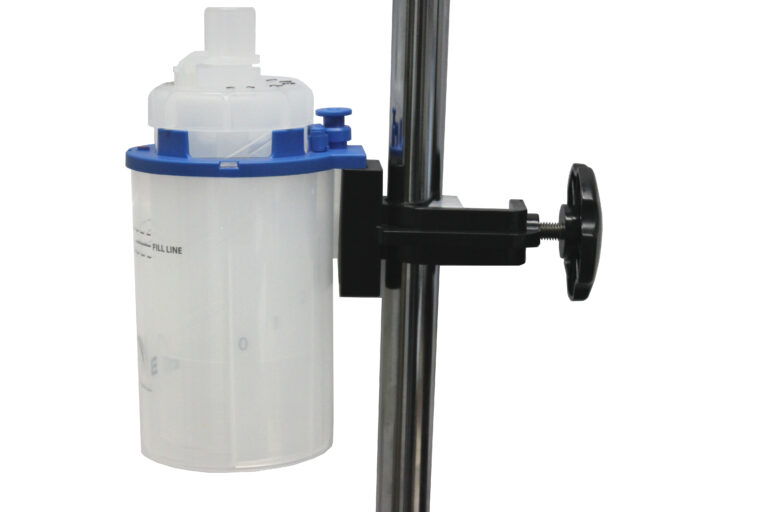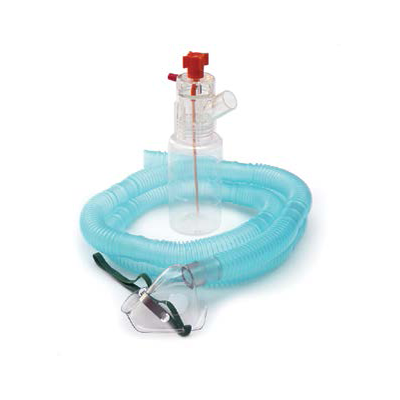In healthcare settings with limited resources, ensuring access to life-saving treatments for neonates and infants can be a significant challenge. One such treatment that has shown promise is Bubble CPAP, a cost-effective and simple method for respiratory support. This blog will evaluate the effectiveness of this system in low-resource environments, explaining its advantages, how it functions, and why it’s a viable solution for critical care in underserved areas. We will also look into specific Bubble CPAP settings and Bubble CPAP indications that make this system suitable for such conditions.
What is a Bubble CPAP System?
It is a non-invasive respiratory support treatment designed to assist infants, particularly premature or neonate patients, with breathing difficulties. It uses a continuous flow of air, delivered under positive pressure, to help keep the airways open. This system works by generating positive pressure through a water column, allowing the air to bubble, hence the name. The method is highly effective in improving lung function by providing continuous pressure, making it an ideal solution for conditions such as neonatal respiratory distress syndrome (RDS).
Unlike more complex mechanical ventilators, this system is simple to set up and cost-effective, which is essential in settings where resources are scarce. It also offers advantages such as reduced risk of airway injury compared to invasive mechanical ventilation.
How Does it Work?
The system operates by delivering a stream of air through a tube submerged in water, generating a bubbling action that creates pressure in the infant’s lungs. The adjustable flow settings allow the clinician to regulate the level of pressure delivered based on the infant’s specific needs. This non-invasive method is highly beneficial in preventing the need for intubation, which can lead to complications in premature infants.
Bubble CPAP System for Low-Resource Settings
In low-resource settings, having access to advanced medical equipment can often be limited due to high costs and the need for specialized training. However, it offers a practical solution, as it is affordable, easy to operate, and requires minimal maintenance.
One of the key advantages of Bubble CPAP in these settings is its simplicity. The device is easy to set up, and caregivers can be quickly trained to operate it. The cost of purchasing and maintaining this system is far lower than that of mechanical ventilators, making it a viable option for hospitals with limited budgets. Moreover, it does not require complex monitoring equipment, further enhancing its suitability for areas with fewer resources.
By providing respiratory support through non-invasive means, the system reduces the risks associated with invasive treatments like intubation, which can be difficult to execute in low-resource environments. This makes it an indispensable tool for managing neonatal and pediatric respiratory distress.
The Advantages of Using it in Low-Resource Settings
- Cost-Effectiveness: Compared to traditional mechanical ventilators, these systems are significantly more affordable. This makes it easier for hospitals in low-resource settings to equip their neonatal care units with effective respiratory support systems.
- Non-Invasive: The non-invasive nature of Bubble CPAP decreases the side effects related with invasive procedures, such as tracheal intubation or invasive mechanical ventilation, which require specialized staff and equipment.
- Ease of Use: Bubble CPAP settings are simple to adjust, requiring minimal training for healthcare professionals. This is an important feature in resource-limited settings where advanced training may not be readily available.
- Effectiveness in Respiratory Support: Research has shown that it is highly effective in healing breathing distress in neonates, especially in preventing intubation and reducing the need for more invasive procedures.
Frequently Asked Questions (FAQs)
It is a respiratory support system used primarily in neonates and infants. It helps maintain open airways by providing positive pressure to the lungs, preventing the collapse of the alveoli and improving oxygenation.
Bubble CPAP indications include conditions such as transient tachypnea of the newborn, neonatal respiratory distress syndrome (RDS), and other types of respiratory failure where non-invasive ventilation is required.
While it is primarily used for neonates and infants, it can be adapted for use in adults in some cases, particularly in settings where more advanced equipment is unavailable. However, it is generally not the first line of treatment for adult patients.
The Bubble CPAP machine has been shown to be highly effective in providing respiratory support for neonates, reducing the need for invasive mechanical ventilation and improving outcomes in respiratory distress.
The Bottom Line
Bubble CPAP systems offer am effective, reliable, and affordable solution to people who need breathing support in low-resource settings. The system’s simplicity, cost-effectiveness, and ease of use make it a great solution for healthcare professionals in underserved areas, ensuring that even in challenging conditions, infants can receive the necessary care for respiratory distress.
If you are interested in learning more about the Bubble CPAP system or want to explore more products like NEO2-Safe™ and B&B Medical Technologies’ range of clinical solutions, Visit B&B Medical Technologies today!


